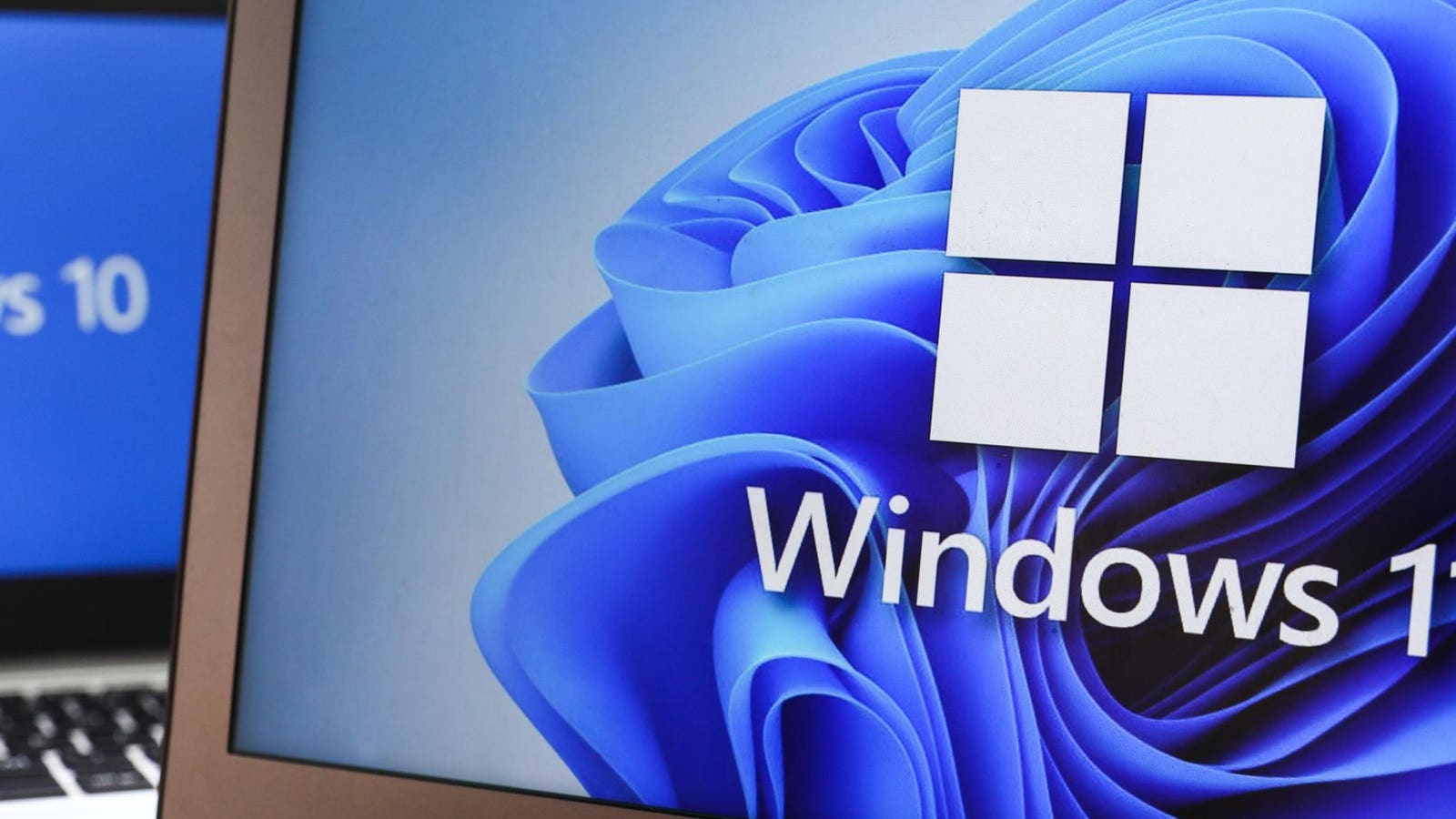Prescription video games are emerging as digital therapeutics—helping children with ADHD, teens with depression, and even patients managing chronic treatment.
getty
The next frontier of digital medicine isn’t an app that tracks your steps; it’s the rise of the video games in healthcare that treats disease. These are not casual brain training games or wellness distractions that offer momentary zen, but interventions built on cognitive science and behavioral psychology. So far, early results suggest they can improve attention in children with ADHD, reduce symptoms of depression, blunt the pain of burn wound care and even help teenagers stick to chemotherapy.
In my work as a healthcare advisor, I see every day that one of the most challenging parts of medicine isn’t always science; it’s keeping people engaged and on track. These new digital therapeutics are promising tools — and when guided by the right clinical team, they can make real treatment stick.
The promise is compelling: harnessing the immersive nature of play (and playing on the brain’s reward center) to solve one of medicine’s hardest, and oldest, problems — getting people to engage and stick with treatment. But the evidence is uneven, the benefits modest compared to traditional care and access still patchy. Games in medicine aren’t panaceas. They’re tools. And they’re finally starting to prove their worth.
A prescription video game for ADHD
In 2020, the FDA authorized EndeavorRx, the first prescription video game, for children aged 8 to 12 with ADHD. The idea was both futuristic and strangely pragmatic: a digital therapeutic delivered not through pills but pixels, with a prescribed “dose” of about 25 minutes a day, five days a week.
The pivotal study enrolled 348 children and showed measurable improvements in attention. That was enough for FDA clearance, though regulators emphasized it should be used as part of a broader program — not a replacement for stimulant medications. Independent coverage has echoed that caveat: the improvements are real but modest. EndeavorRx is best understood as an adjunct, not a magic cure.
Even so, it marked a turning point. For decades, digital health has promised more than it delivered. This was a case of a game actually moving through rigorous trials and regulatory scrutiny, not just app-store marketing.
Depression and anxiety: therapy wrapped as a quest
If ADHD brought us the first FDA-approved game, depression brought us some of the best trials.
Take SPARX, a fantasy role-playing game developed in New Zealand. In a randomized controlled trial, it was found to be at least as effective as usual care for adolescents with mild-to-moderate depression. Instead of sitting across from a therapist, teens fight digital creatures while learning CBT skills along the way.
For adults, games like SuperBetter have shown promise in reducing distress and improving well-being with brief daily use. And newer entrants, such as eQuoo, have demonstrated reductions in anxiety and improvements in resilience in randomized studies.
And it’s not just individual trials. A Johns Hopkins Children’s Center review, published in JAMA Pediatrics in September 2024, analyzed 27 randomized clinical trials involving nearly 3,000 children and teens across the globe. The takeaway? Video games designed for ADHD and depression showed modest but measurable benefits—improvements in attention and reductions in depressive symptoms, with effect sizes around 0.28.
The common thread is engagement. Young people may resist worksheets or guided journals, but they have no problem showing up for a quest or a challenge. When designed well, these games transform therapeutic principles into something users want to return to — not because they have to, but because they want to.
Pain management through immersion
Pain is among medicine’s most difficult problems to treat, especially procedural pain that can’t always be dulled with medication. Here, immersive VR has begun to show remarkable effects.
SnowWorld, one of the earliest VR games designed for burn patients, drops users into a frozen canyon where they throw snowballs at penguins and snowmen while their wounds are cleaned. Studies and meta-analyses report 35–50% reductions in reported pain during sessions. fMRI scans have even shown decreased activity in brain regions linked to pain perception.
This isn’t a replacement for opioids or anesthesia, but it can dramatically reduce suffering during procedures that are otherwise excruciating. The principle is simple: the brain can’t process intense pain and intense immersion simultaneously. Games tip the balance.
The hardest behavior: taking your meds
If pain is hard, adherence is harder. Across conditions — from cancer to hypertension — patients routinely skip or stop medications, undermining treatment and outcomes.
One of the most striking examples of a game making a difference came from Re-Mission, a third-person shooter developed for teens and young adults with cancer. Players controlled a tiny robot battling cancer cells inside the body, armed with chemotherapy “power-ups.”
In a randomized trial, players who engaged with Re-Mission showed significantly better adherence to oral chemotherapy and antibiotics, along with improved self-efficacy and understanding of their disease. By turning medication into part of the hero’s journey, the game reframed adherence not as a chore but as an act of agency and power.
The limits and the promise
It’s tempting to get carried away. Headlines about “prescription video games” and “VR pain cures” can oversell the impact. The truth is more grounded.
The best evidence comes from structured programs with clear clinical endpoints — like attention scores in ADHD or validated depression scales. Gains are often real but incremental, and they tend to be strongest when the game is paired with existing treatments.
Access is another issue. Some products require prescriptions and may not be covered by insurance. Others are marketed as wellness tools without rigorous oversight. And digital divides — from broadband access to sustained engagement—mean not everyone benefits equally.
What comes next
The next frontier is breadth and rigor. Adult ADHD games are entering the market — perfect timing since Adderall shortages are continuing to drag on. Trials comparing game-based CBT directly against standard CBT will tell us whether the immersive format adds measurable value or simply broadens access.
If the last decade was about proving whether games could do anything measurable in medicine, the next will be about refining where they work best, and how to integrate them into standard care without overhyping their power.
Although video games in healthcare will not replace doctors or medications, they can train attention, deliver therapy in formats people actually use, reduce pain when other tools fall short, and—even more impressively—help patients stick with the hardest behaviors in treatment. In a healthcare system plagued by disengagement, non-adherence, and emotional barriers, that’s no small achievement. Games have always been about motivation and mastery, and now they’re being put to work where medicine has struggled most..









